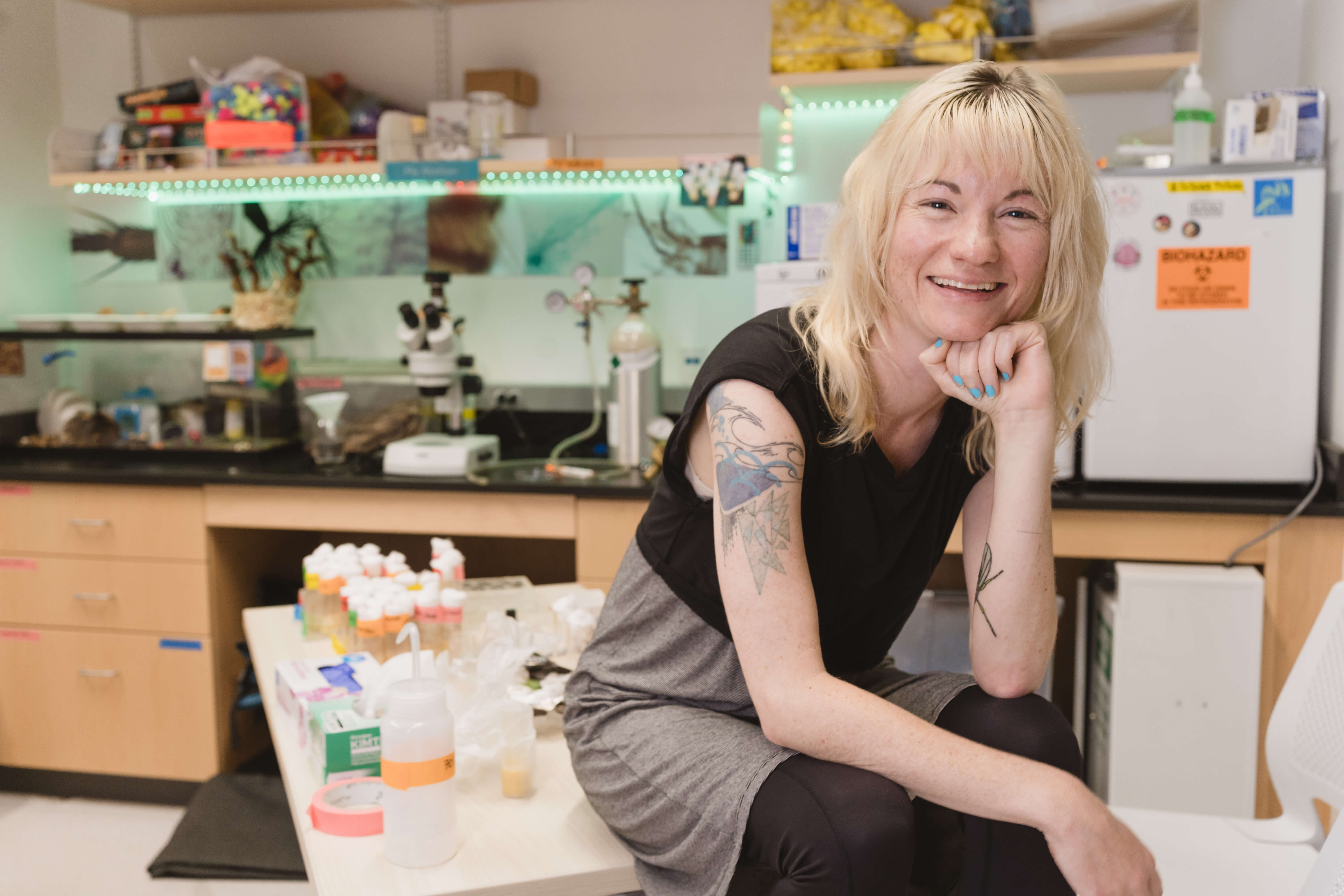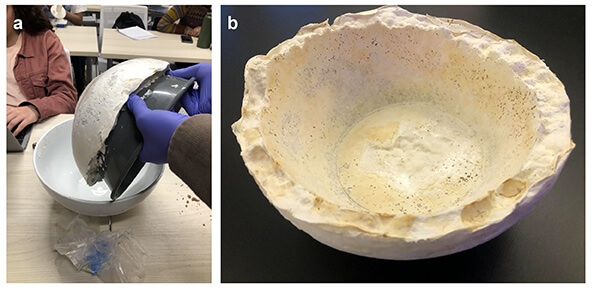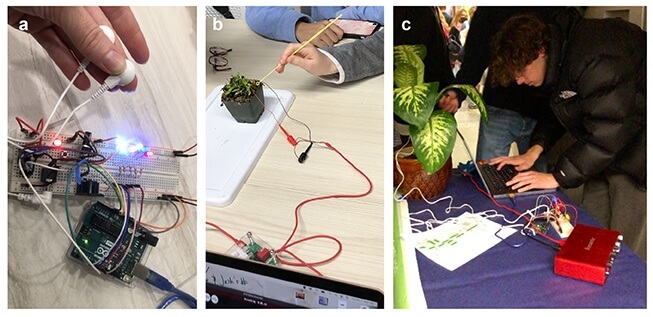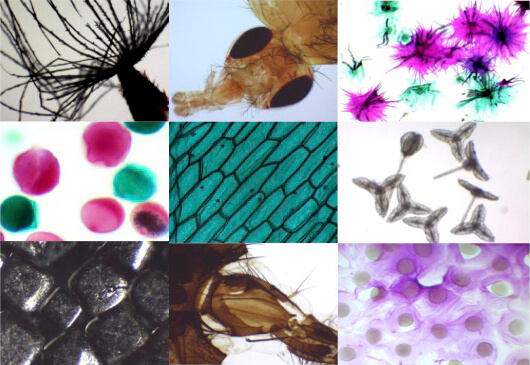Home¶

Abstract¶
Hi, I'm Ann Marie! I'm a non-binary bioartist living in Venice, California. I currently work as a high school science teacher where I instruct Advanced Biology and Biotechnology as well as Neuroscience courses to 11th and 12th grade students. My teaching philosophy is rooted in the potential of bioart to establish genuine connections between students and the natural world. My goal is to use the knowledge and skills acquired from the Fabricademy program to innovate high school science curricula through the integration of bioart practices. My interest in the intersection of art and science extends from my professional to my personal spheres. I find creative inspiration when connected to the natural world, whether in a laboratory setting or out in the wild. Ultimately, through my art I hope to illuminate the enigmatic aspects of biology by spotlighting lesser-known, mysterious, and often misunderstood organisms such as fungi, protists, bacteria, and insects.
Keywords: vivid, natural, whimsical, queer, joyful, fun, science-tastic, nerdy, wild, grounded, symbiotic, microscopic, clownesque, fluorescent, novel, colourful, authentic, entropic, bright, expansive
Contact¶
Ann Marie Macara, Ph.D. (they/them)
Email: amacara@wildwood.org
Instagram: ammacara
Previous work¶
Feel free to peruse past editions of my work. These highlights encompass a range of student-led research projects and my own personal endeavors.
Fungal Dyes and Materials¶
 Figure 1. Students get hands on experience designing and performing experiments through mushroom dye extractions. (a,b) Students learned how to extract dye from dried mushrooms, specifically Dyer’s polypore (yellows, greens), Lobster mushroom (pinks, reds), Violet Hedgehog (blues, browns) and Jack O Lantern (lavender, grey).
Figure 1. Students get hands on experience designing and performing experiments through mushroom dye extractions. (a,b) Students learned how to extract dye from dried mushrooms, specifically Dyer’s polypore (yellows, greens), Lobster mushroom (pinks, reds), Violet Hedgehog (blues, browns) and Jack O Lantern (lavender, grey).

Figure 2. Examples of final student projects. (a) Bio Dyed Woven Mushroom Tapestry (2023)
By Juliette M., 12th grade student. Live oyster mushrooms, wool dyed with tea, turmeric, blueberries, paprika, Dyer’s polypore, Lobster mushroom, and Western Jack O Lantern. (b) Mushroom Dyed T-Shirts (2023) By Honor D. and Haiden B., 12th grade students. Cotton t-shirts dyed with Dyer’s polypore, Lobster mushroom, blueberries. (c) Mushroom Dyed Bears (2023)
By Maddie M., 11th grade student. Wool dyed with Dyer’s polypore, Western Jack O Lantern, beets, and red onions.

Figure 3. Students learn how to create sustainable materials using mycelium. (a) Students used oyster mushroom spawn to inoculate master mix substrate. The inoculated substrate was then shaped into a mold of the students choosing and allowed to grow. (b) Mycelium Bowl (2023) By Roscoe M. and Luca M, 11th grade students. Oyster mushroom mycelium, master mix substrate.
Bioelectricity¶

Figure 1. Students learned how to record bioelectricity. (a, c) Students created biodata sonification devices that translated electrical signals in plants into sound. Students also used electric paint to create touchpad keyboards that interacted with organic matter. (b) Students recorded electric signals from a Venus Fly Trap plant.
Microscopy¶

Figure 1. Experiments with microscopy, mushroom pigments, and cheek epithelial cells. (a) A cheek cell has been stained with Toluidine Blue. This stain visualizes the cell membrane, nucleus, and bacteria attached the to cell. (b, c) The fluorescent property of Dyer’s polypore pigment was investigated. Cheek cells were stained with Dyer’s polypore pigment and imaged using a fluorescent microscope.

Figure 2. Personal work exploring the microscopic world. A Microscopic Collection (2023)
Micrographs from top left to bottom right: Dandelion fuzz, fruit fly, silverberry scaly hair, pollen, onion cells, sea urchin pedicellaria, table salt, house fly mouth, sea urchin eggs.